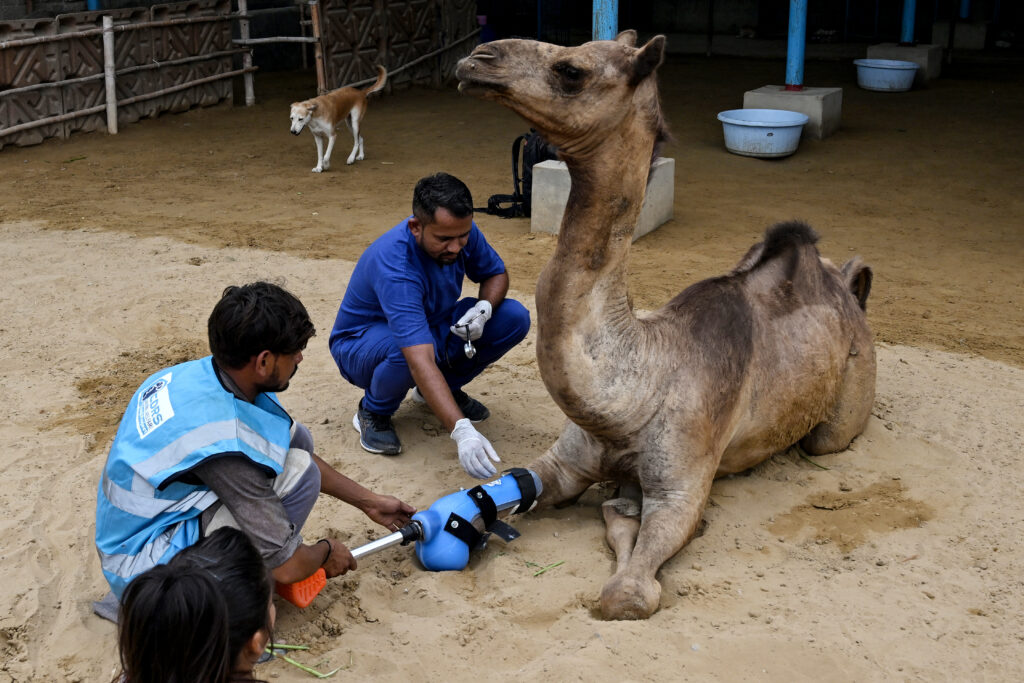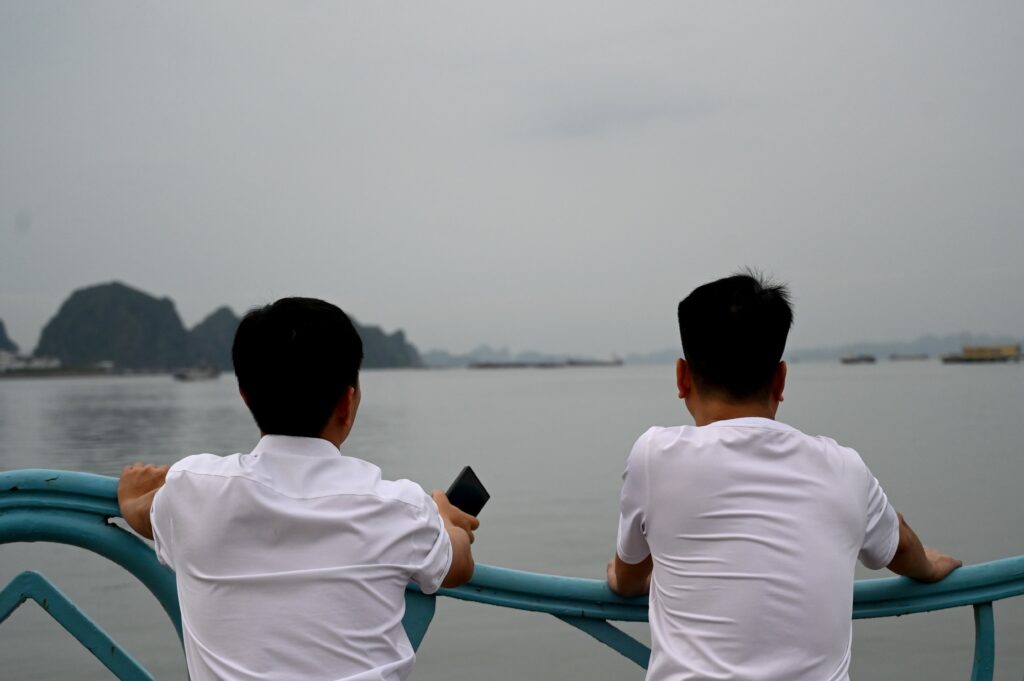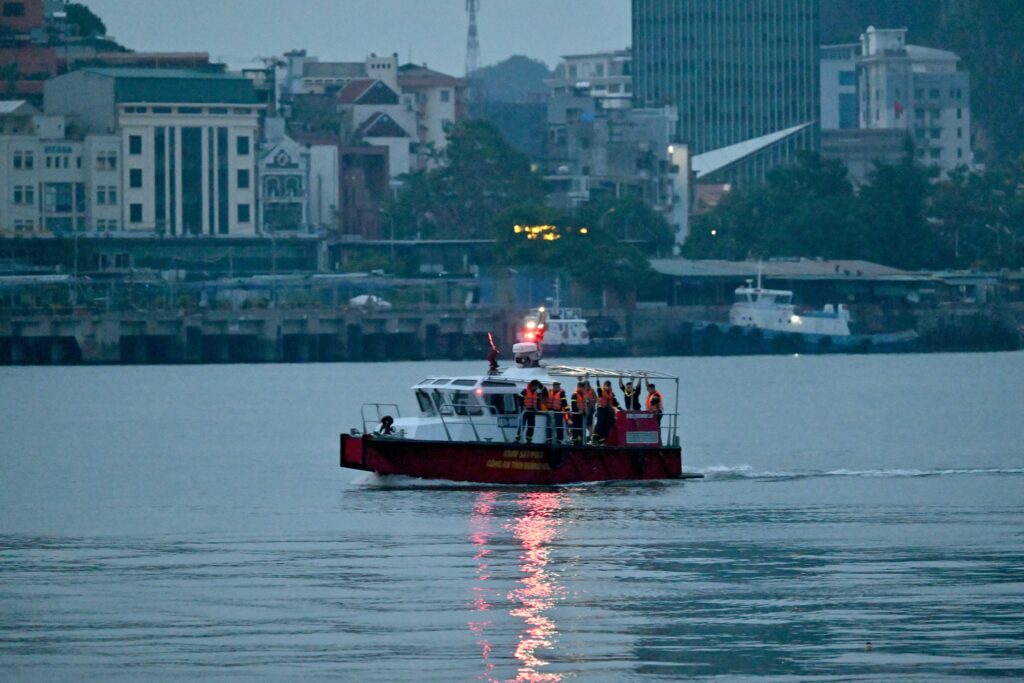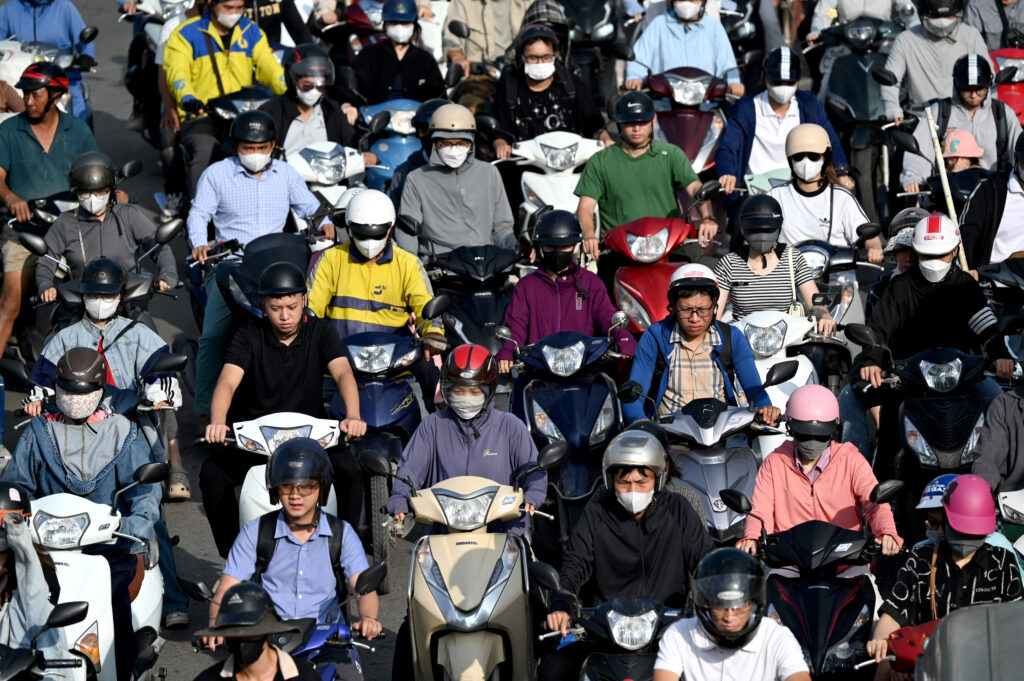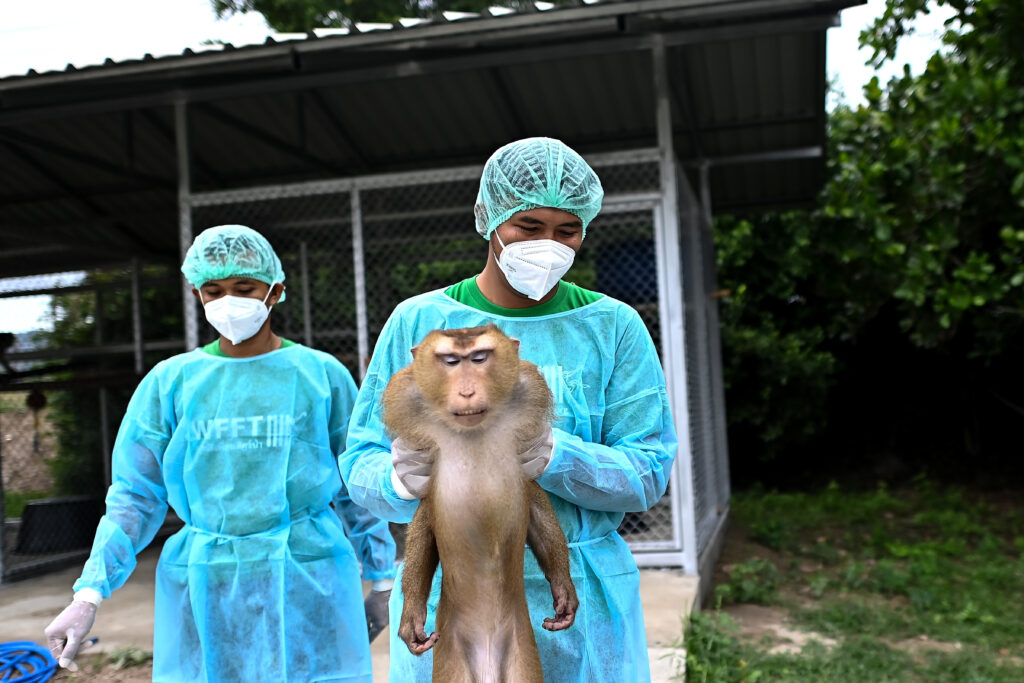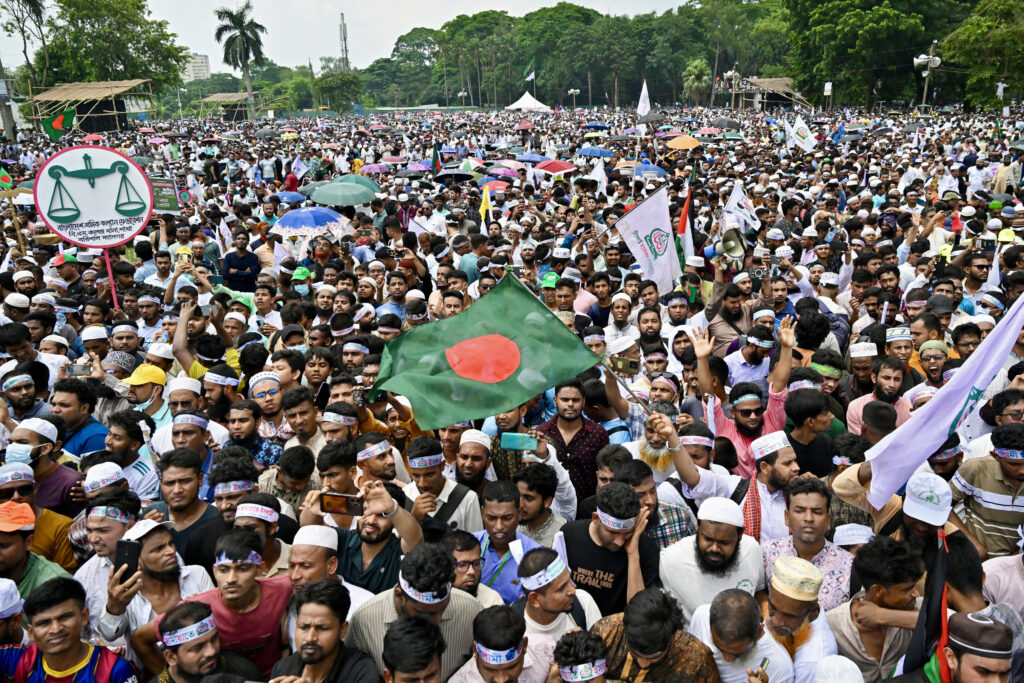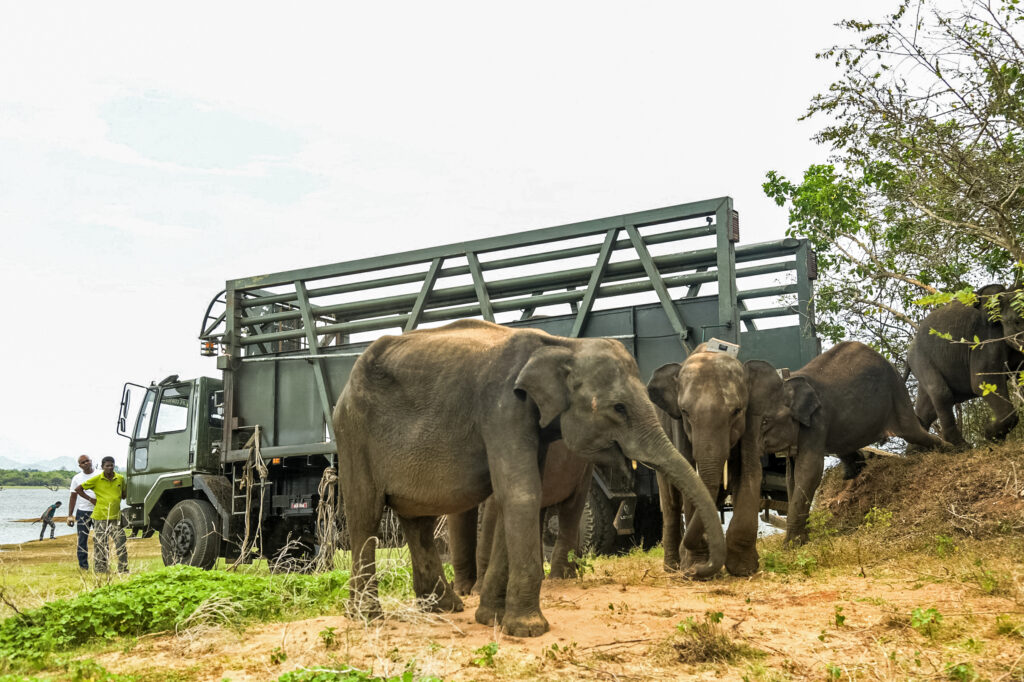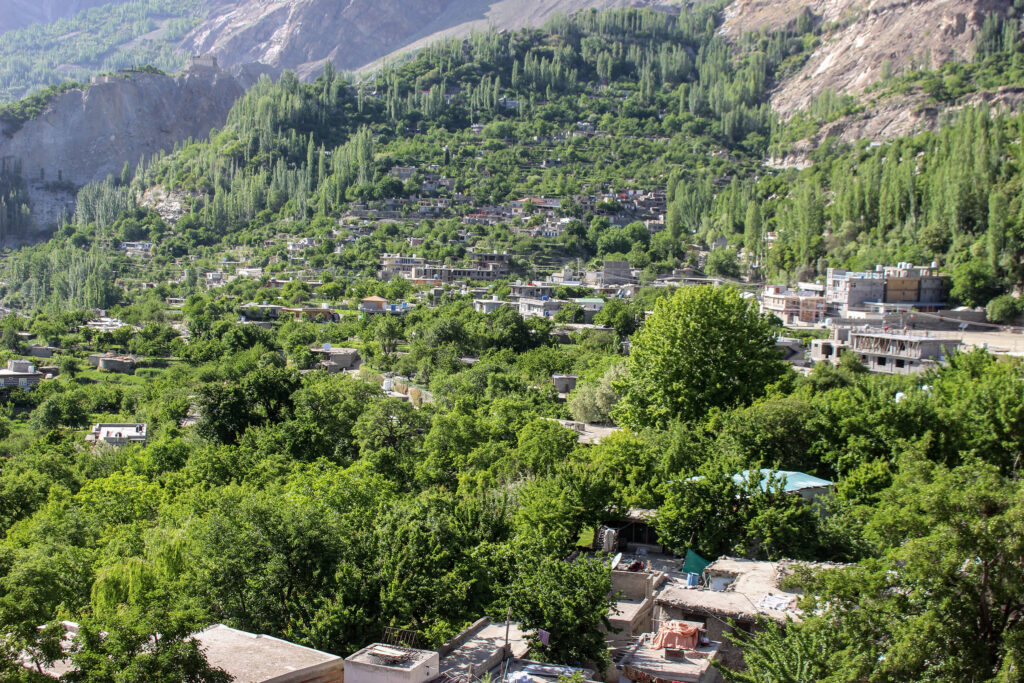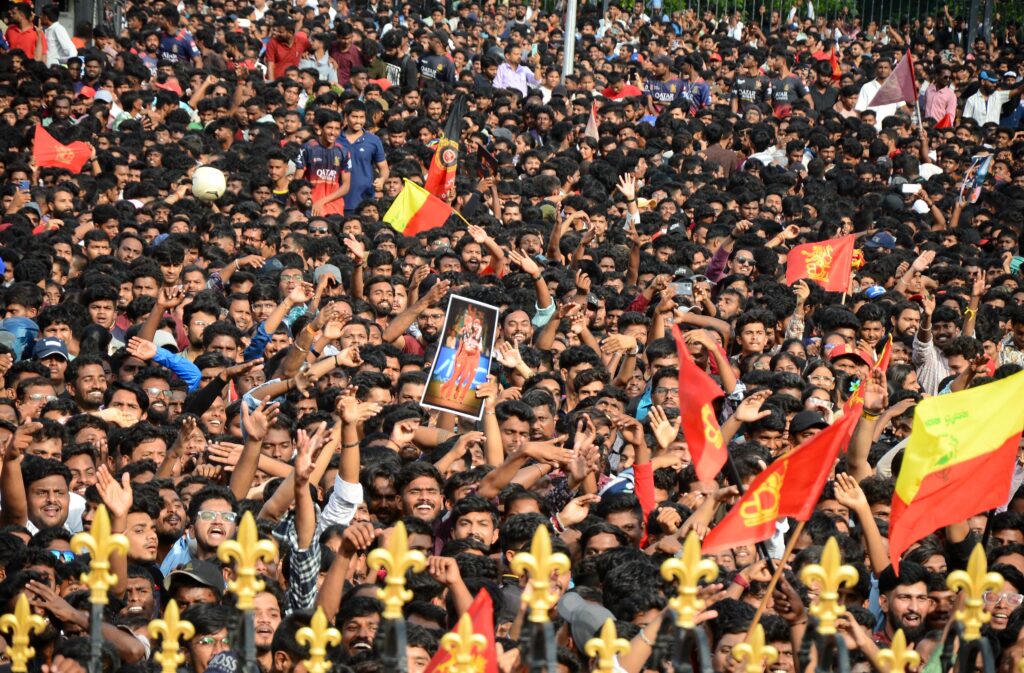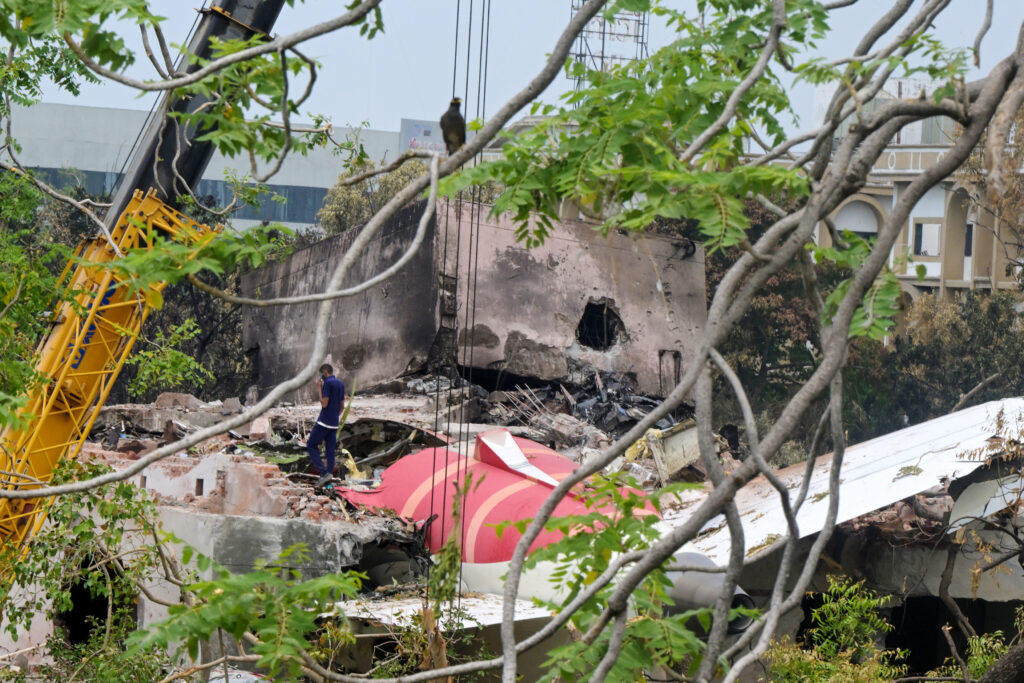Pakistani camel relearns to walk with prosthetic leg
Cammie, a young camel whose front leg was chopped off by a landlord in Pakistan’s southern province of Sindh, left her caregivers emotional as she walked for the first time on a prosthetic leg.”I started weeping when I saw her walking with the prosthetic leg. It was a dream come true,” Sheema Khan, the manager of an animal shelter in Karachi told AFP on Saturday.Veterinarian Babar Hussain said it was the first time a large animal in Pakistan had received a prosthetic leg.Cammie’s leg was allegedly severed by a landlord in June 2024 as punishment for entering his field in search of fodder. A video of the wounded camel that circulated on social media prompted swift government action. According to the deputy commissioner of Sanghar, she was transported the very next day to Karachi, over 250 kilometers (155 miles) away, and has been living in a shelter there ever since. “She was terrified when she first arrived from Sanghar. We witnessed her heart-wrenching cries. She was afraid of men,” Khan told AFP. One of the biggest challenges the caregivers faced was gaining her trust.”I cannot put her condition into words,” Khan added. To aid her recovery, the caregivers introduced another young camel named Callie. Her presence brought comfort to the injured Cammie, who tried standing on her three legs for the first time after seeing her new companion. “Cammie had been confined to her enclosure for almost four to five months before Callie arrived,” Khan added. After treating the wound and completing initial rehabilitation, the shelter — Comprehensive Disaster Response Services (CDRS) Benji Project — arranged a prosthetic leg from a US-based firm so she could walk on all fours again. “We don’t force her to walk. After attaching the prosthetic leg, we wait about 15 to 20 minutes. Then she stands up on her own and walks slowly,” veterinarian Hussain told AFP. He said that it would take another 15 to 20 days for her to fully adjust to the new limb. The caregivers said Cammie will remain at the shelter permanently.
